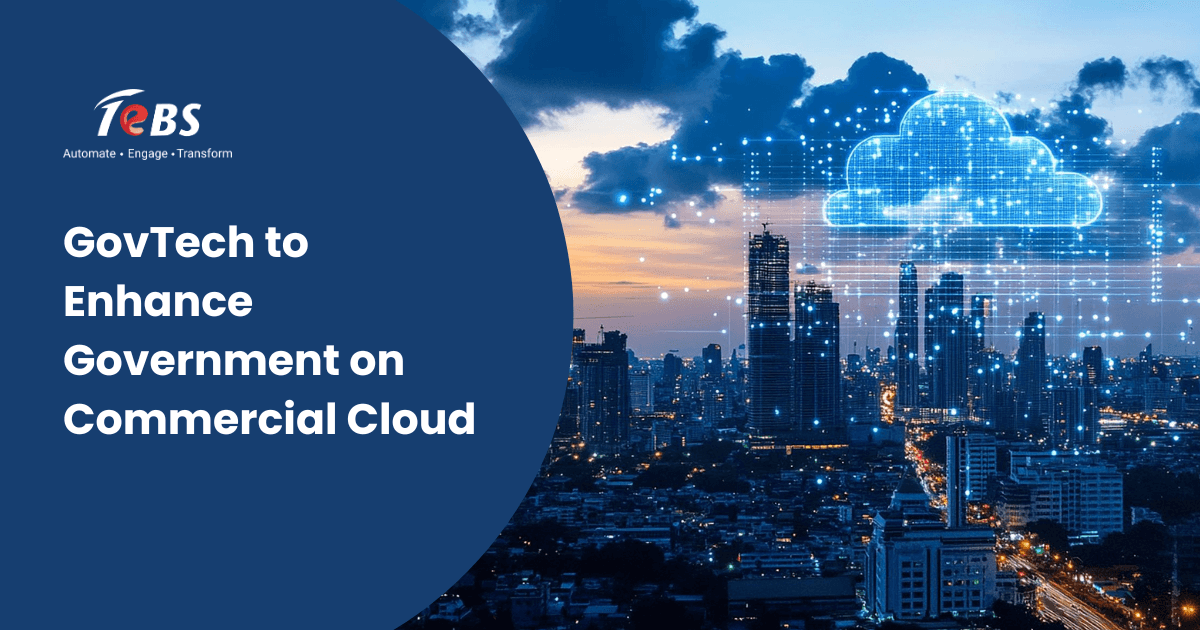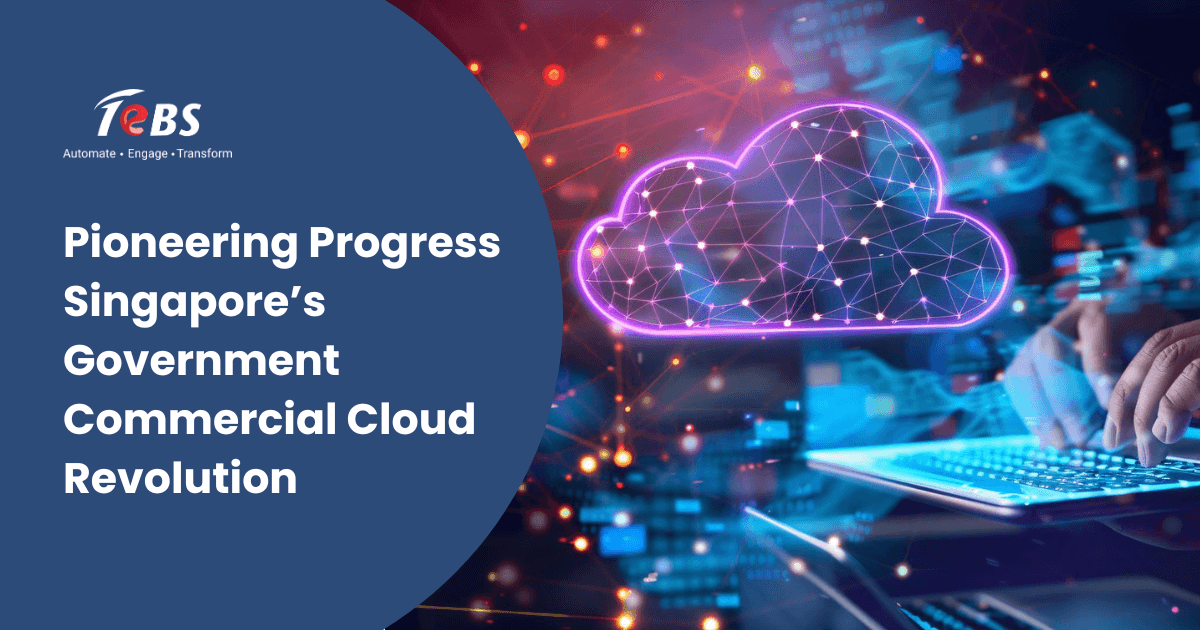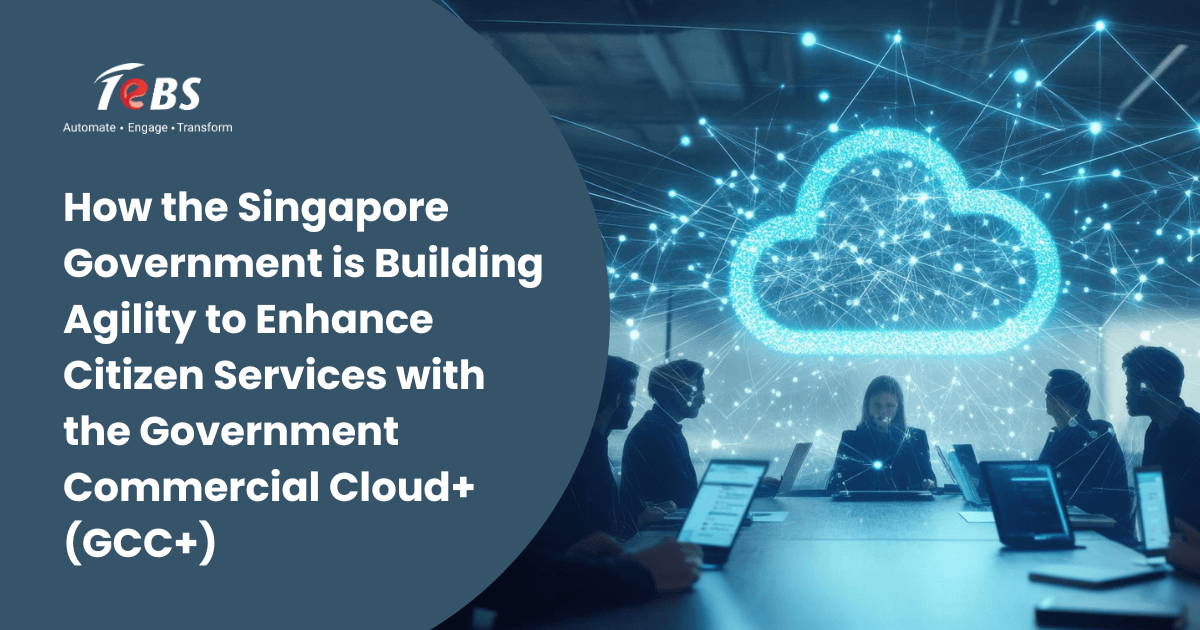AI empowers nonprofits to run smarter, data-driven marketing campaigns by enabling personalization, predictive analytics, automated engagement, and strategic insights—all of which enhance impact, efficiency, and inclusivity.
Nonprofits are constantly under pressure to accomplish more with less in the ever-changing digital landscape of today.
Communication that is precise and individualized is necessary to engage donors, raise awareness, strengthen communities, and create impact.
The responsiveness and effectiveness required to accomplish these objectives are sometimes lacking in traditional marketing techniques. Artificial intelligence proves to be a crucial ally in this situation.
The way businesses approach their marketing initiatives has been completely transformed by AI technologies.
Nonprofits may create more intelligent marketing strategies that not only connect with their consumers but also produce quantifiable results by employing intelligent tools to analyze data, identify trends, and forecast behaviors.
This transformation is not just about technology adoption. It is about enabling nonprofits to connect with people on a deeper level, understand their motivations, and build long-term relationships through meaningful communication.
Understanding AI in the Context of Nonprofit Marketing
AI in nonprofit marketing involves the application of machine learning, data analytics, and automation to understand audience behavior and optimize campaigns.
It turns raw data into valuable insights, providing a 360-degree view of donor preferences, volunteer engagement, and community interaction.
With AI, nonprofits can automatically segment their audience, personalize outreach efforts, optimize message timing, and even predict which campaigns are most likely to succeed.
The ability to harness this level of intelligence helps them move from reactive efforts to proactive, insight-driven campaigns.
Transforming Campaign Planning with AI Insights
Every successful campaign begins with a clear understanding of the audience. AI allows nonprofits to go beyond surface-level demographics and dig deeper into behavioral data.
It identifies which content formats work best, what communication channels yield higher engagement, and how different groups within the community respond to specific messages.
By analyzing previous campaign data, AI can suggest optimal strategies for future marketing efforts. This includes recommending the best time to launch a campaign, identifying high-conversion donor segments, and highlighting potential communication gaps.
AI tools can also help in A/B testing, enabling nonprofits to experiment with different versions of content to see what resonates most with their supporters.
These real-time insights ensure continuous refinement of strategies based on actual performance rather than assumptions.
Automating and Personalizing Engagement
Personalization plays a key role in effective marketing. AI enables nonprofits to craft personalized donor journeys using automated tools.
From addressing recipients by name to suggesting donation amounts based on giving history, AI enhances the relevance of every interaction.
Automated email marketing systems powered by AI can deliver tailored messages to thousands of supporters, each personalized according to their preferences and behaviors.
It can also trigger reminders, updates, or thank-you notes at the right moments to nurture relationships and encourage repeat engagement.
Social media campaigns also benefit from AI-driven personalization. By analyzing trends and audience sentiment, AI tools can recommend content topics, optimal posting times, and ideal formats for different platforms. This ensures that messages reach the right people in the right way.
Enhancing Campaign Monitoring and Reporting
Traditionally, measuring the success of nonprofit marketing campaigns involved manual tracking and delayed reporting.
AI accelerates this process through real-time dashboards and predictive analytics. Nonprofits can now track click-through rates, open rates, conversion metrics, and donation patterns as they happen.
AI-powered sentiment analysis tools can monitor how audiences feel about the campaign based on social media comments, emails, and feedback forms.
This emotional intelligence helps nonprofits fine-tune their messaging and identify areas where more empathy or clarity is needed.
Moreover, AI can predict donor churn and engagement trends. By recognizing early signs of disengagement, it allows nonprofits to intervene with re-engagement strategies, reducing the likelihood of supporter drop-off.
Optimizing Resource Allocation and Budgeting
Nonprofits often operate with limited budgets and resources. AI helps maximize returns by identifying the most effective use of those resources.
For instance, it can highlight the best-performing channels and recommend reallocating funds toward them while minimizing investments in underperforming areas.
Campaign costs can also be optimized by automating repetitive tasks. Whether it’s scheduling social media posts, generating donor reports, or following up with email reminders, AI saves valuable human hours that can be redirected to mission-critical tasks.
Budget planning becomes more accurate when backed by AI-driven forecasting models. These tools estimate the expected return on investment (ROI) for upcoming campaigns based on historical data, ensuring more confident decision-making.
Identifying New Opportunities for Outreach
Beyond improving current campaigns, AI also helps discover new avenues for community outreach. It can analyze social trends, track relevant hashtags, and identify emerging donor personas that align with the organization’s mission.
For example, if a particular campaign performed well among younger donors, AI might suggest similar themes or platforms where this demographic is more active.
It can also identify geographic areas or interest-based groups with untapped engagement potential.
These predictive insights support long-term strategy by revealing where to focus future marketing efforts and how to grow the community base organically.
Driving Inclusivity and Broader Engagement
One of the greatest strengths of AI lies in its ability to identify gaps in reach and representation. By examining campaign data through the lens of diversity and inclusion, AI can flag whether certain communities are underrepresented or overlooked in outreach efforts.
It ensures that nonprofits do not unintentionally exclude anyone and helps them foster inclusive campaigns that represent a variety of voices and experiences.
In turn, this creates stronger emotional connections and builds trust among diverse supporter groups.
AI can also adapt messages for different accessibility needs. From generating alternate text for images to suggesting simpler language for broader comprehension, it supports communication that is truly inclusive and community-centric.
Aligning with Broader Organizational Goals
When AI is integrated into the overall strategy of a nonprofit, its benefits extend far beyond marketing. By providing unified insights across departments from fundraising and volunteer management to service delivery AI enables more coordinated and consistent messaging.
For example, insights from donor behavior can inform volunteer recruitment strategies. Similarly, campaign engagement data can guide event planning and community programs.
This holistic approach ensures that all arms of the organization are aligned toward common goals.
Such an integrated framework not only improves operational efficiency but also reinforces the organization’s credibility and impact in the eyes of stakeholders.
Making the Most of AI Without Technical Complexity
Despite its power, implementing AI does not need to be technically overwhelming. Many AI-enabled platforms are built with user-friendly interfaces that allow marketing teams to harness the benefits without deep technical knowledge.
Training and support are also critical in ensuring successful adoption. Partnering with digital solution providers who understand the nonprofit landscape helps in designing and executing AI strategies that are both practical and impactful.
The goal is not to replace human creativity or empathy, but to augment it. AI offers the data and tools, while people bring the heart and vision that drive missions forward.
Towards a More Impactful Future
As the digital world continues to evolve, so must the strategies that nonprofits use to connect and engage. AI offers a transformative path forward. It allows organizations to not only understand their communities better but also respond with greater precision and care.
By analyzing data, personalizing experiences, automating operations, and providing timely insights, AI reshapes how nonprofits approach marketing.
The result is a smarter, more connected, and more impactful outreach strategy that strengthens community ties and fuels mission success.
In this journey of transformation, organizations must view AI not as a technology initiative, but as a strategic enabler.
It is an investment in understanding people better, in serving them more effectively, and in making every campaign truly count.
This is where platforms like CareSenz become essential allies. Designed specifically for nonprofits, CareSenz offers AI-powered tools for managing events, donor engagement, and community outreach. It helps amplify the impact of marketing efforts while streamlining operations.
From running personalized campaigns to analyzing donor interactions, CareSenz empowers nonprofits to become digital-ready and mission-focused.
When your marketing strategy is backed by AI insights and delivered through a purpose-built platform, you are not just promoting your cause you are creating meaningful, lasting connections that drive change.
Ready to elevate your nonprofit marketing strategy with AI-powered solutions? Reach out to us at [email protected] .





